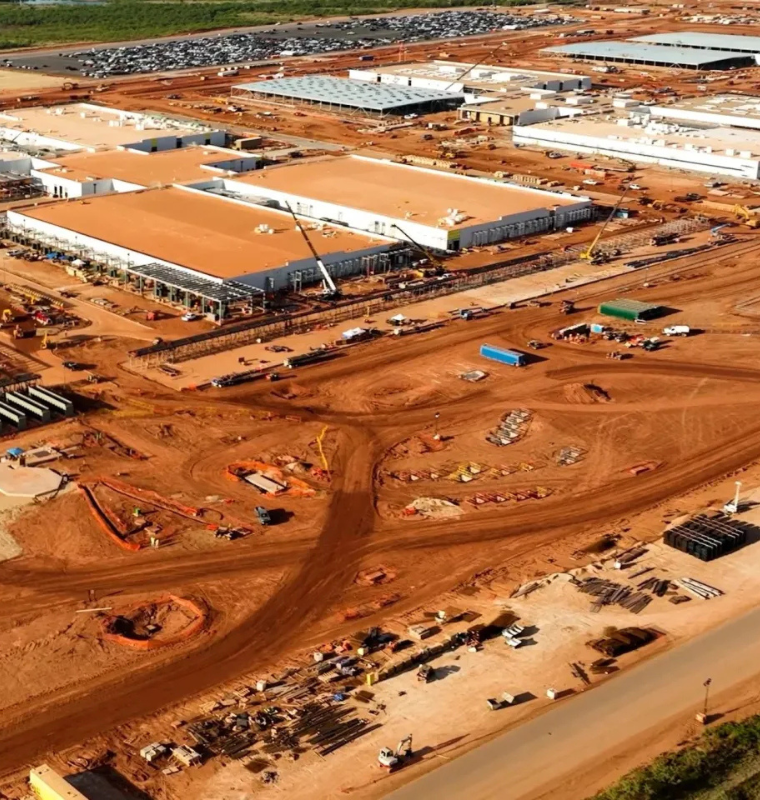China’s BYD Scales Back 2025 Sales Goal to 4.6 Million Vehicles Amid Intensifying EV Competition
China’s BYD Scales Back 2025 Sales Goal to 4.6 Million Vehicles Amid Intensifying EV Competition
By
Leah Rosenfeld
Last updated:
September 4, 2025
First Published:
September 4, 2025

Photo: Electrek
A Strategic Reset for BYD
BYD, China’s largest automaker and a global electric vehicle powerhouse, has reduced its 2025 sales target by 16%, according to sources familiar with internal discussions. The company, which previously aimed for 5.5 million vehicles, has now lowered the goal to at least 4.6 million units.
The revised target, shared with suppliers last month, reflects BYD’s growing caution in the face of cooling demand and intensifying competition. While the figure could still shift based on market conditions, it represents a significant step back from the ambitious goals the automaker laid out earlier this year.
Slowing Growth After Years of Rapid Expansion
The new target equates to roughly 7% growth from last year’s sales, which would make 2025 BYD’s slowest year of expansion since 2020, when sales declined by 7%. For context, BYD’s sales of electric vehicles and plug-in hybrids grew nearly ten-fold between 2020 and 2024, reaching 4.3 million units — a scale comparable to global giants like General Motors and Ford.
But the latest cut shows that even BYD, once the symbol of unstoppable EV growth, is not immune to shifting market dynamics. In the first eight months of 2024, the company achieved just 52% of its original 5.5 million target, making the new guidance more aligned with current realities.
Rising Competition in China’s EV Market
Competition is intensifying in BYD’s home market, which accounts for nearly 80% of its sales. Domestic rivals such as Geely Auto and Leapmotor are aggressively expanding their market share, particularly in the lower-priced EV segment.
BYD’s sales of cars under 150,000 yuan ($21,000) — its bread-and-butter market — fell 9.6% in July year-on-year, while Geely’s surged 90% in the same category. Geely has also raised its 2025 target to 3 million vehicles, up from 2.71 million, signaling confidence in its upward trajectory.
Financial Strains and Market Pressures
Adding to the pressure, BYD reported a 30% drop in quarterly profit last week, its first decline in more than three years. Production has also slowed, with the company cutting back at some Chinese factories and delaying expansion plans, according to earlier reports. August marked BYD’s second consecutive month of falling output — the first back-to-back contraction since 2020.
These strains reflect broader deflationary pressures in China’s economy, weighed down by a prolonged housing slump and weak consumer demand. Analysts, including those at Deutsche Bank (forecast: 4.7 million vehicles) and Morningstar (forecast: 4.8 million vehicles), now expect BYD’s actual sales to land just above the company’s revised internal target.
From Upstart to Global Force — and Now, a Crossroads
BYD’s rise from an industry upstart to a global EV leader has been powered by its in-house production strategy, which helped control costs while rolling out cutting-edge features. Its ability to scale rapidly allowed it to dominate both pure electric and hybrid markets in record time.
Yet, the cut to its 2025 target underscores the reality that the days of double- or triple-digit annual growth may be over. With rivals gaining momentum and China’s domestic market showing signs of fatigue, BYD faces one of its biggest tests yet — sustaining profitability while defending its dominant position in an increasingly crowded field.
Popular articles
Subscribe to unlock premium content
Why Consumers Buy Limited-Edition Fashion and Beauty Products

How K-Beauty Changed the Global Skincare Industry and Consumer Expectations

How Streetwear Became a Billion-Dollar Industry From Niche to Mainstream

Why Consumers Buy Limited-Edition Fashion and Beauty Products

How K-Beauty Changed the Global Skincare Industry and Consumer Expectations

Why Consumers Buy Limited-Edition Fashion and Beauty Products









